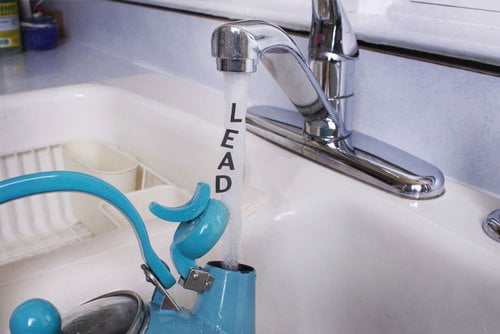Water filter mediums come in a variety of sizes, shapes, and materials. Some are made of activated carbon while others use Cotton filter cloths. This article explores the differences between these materials and how they can be used to filter water. You should use one that works best for your water.
Mixed media
One of the most popular methods of water filtering is a combination of several different types of media. This combination helps to remove more toxins and impurities from water. Among other things, a mixed media filter can remove sediments, tannins, and chloramines. A reverse osmosis system is another popular way of filtering water. This method pushes water through a semi-permeable membrane to remove the dangerous impurities.
These filters are composed of three to five layers of different materials. The density of the different materials determines how well each layer will filter the water. Typically, these filters remove contaminants down to ten microns. Filter mediums are typically made of anthracite coal or filter sand and are loaded according to their density. Other media, such as gravel, may also be used.
Activated carbon
Activated carbon is a medium that removes contaminants from water via adsorption or catalytic reduction. This process works to remove chlorine and organics from water. Activated carbon has a high adsorption capacity, but the removal rate depends on the contaminants and the water’s pH level. The size of the pores in the carbon are important for the adsorption process, because the bigger the pores, the more contaminants it can absorb.
Activated carbon filters are effective at removing chlorine and bad tastes and smells but can also remove other contaminants. For example, a carbon filter with a pore size of less than a micron can remove coliform, cysts, and other contaminants. These filters also can remove heavy metals such as lead, iron, and copper.
Cotton filter cloths
When you use cotton filter cloths as water filter mediums, you’re essentially using two filters in one. The cloths are made of continuous monofilament strands that are bundled together. The fabric is then calendared, which involves applying pressure and heat simultaneously to the fibers. This process produces a tighter and thinner fabric with better filtration quality.
Filter cloths come in two main forms: woven filter cloth and nonwoven filter cloth. Filter cloths can be made of cotton, synthetic fabrics such as nylon, polyester, vinylon, and polyester. They can also be made from monofilament, multifilament, or spun yarns. The fabric is then woven into a twill or plain weave pattern. The cloths can also be designed into custom shapes based on special applications. Filter cloths can also be customized by using CAD software and laser cutters.
Anthracite
Anthracite is a black, shiny mineral and one of the hardest substances known to science. For water filter applications, it offers high filtration efficiency by removing both dissolved organic material and suspended solids. The medium is typically mined from deeper levels, which are typically associated with higher pressures and therefore higher carbon content.
Anthracite is widely used in drinking water purification and industrial water treatment. Its unique properties make it a popular water filter medium. It is easy to use and is used in a variety of filtration systems. It is particularly useful for industrial water purification, where it has greater physical strength than most other materials. It also prevents filtration blockage due to Microcystin and Synedra, two of the most common contaminants that cause blockages.
Unlike traditional filter media, anthracite water filter medium is resistant to the effects of both erosion and chemicals. In a multi-media system, a single filter bed can hold several overlapping filter layers. Filtration occurs in each filter layer, removing particulate matter from water. It is therefore essential to compact the filter layers so that the filtration depth is uniform. Additionally, flow rates and backwashing rates must not adversely affect the filter bed.
Bone Char
Bone char is a porous, black, granular material produced by charring animal bones. Its composition varies depending on how it is made; however, it consists mainly of tricalcium phosphate 57–80%, calcium carbonate 6–10% and carbon 7–10%. It is primarily used for filtration and decolorization.
Sand
Sand as a water filter medium is a versatile filter media that is used to clean water, sewers, and other fluids. Its size and shape influence the effectiveness of the filtration process. Sand with an effective particle size of 1.3 to 1.5 is optimal for drinking water systems. Sand with a higher Cu should be avoided, as it will clog more easily. Sand can be the sole media in a water filter system, or it can be used in combination with other filtration materials, such as flocculants.
Conventional downflow sand filters are effective for solid-liquid separation at flow rates of up to 15 m3/m2. Higher rate filters can be used, depending on the input quality. The correct selection of filter media is necessary to effectively remove gelatinous and granular suspended matter, while preventing differential pressure build-up.
Call Now and Schedule Your Free Water Test From Galene at (844) 942-5365






